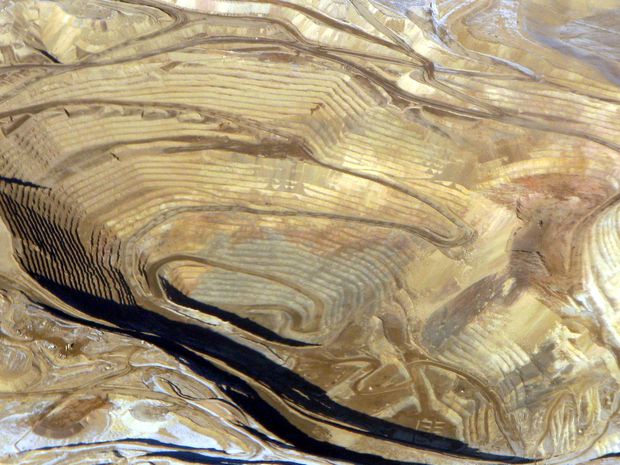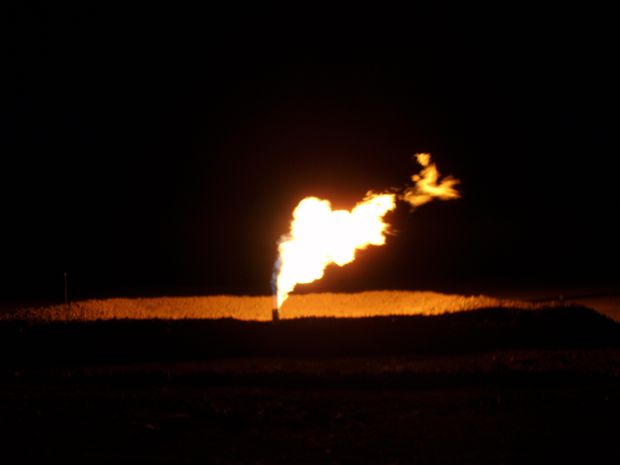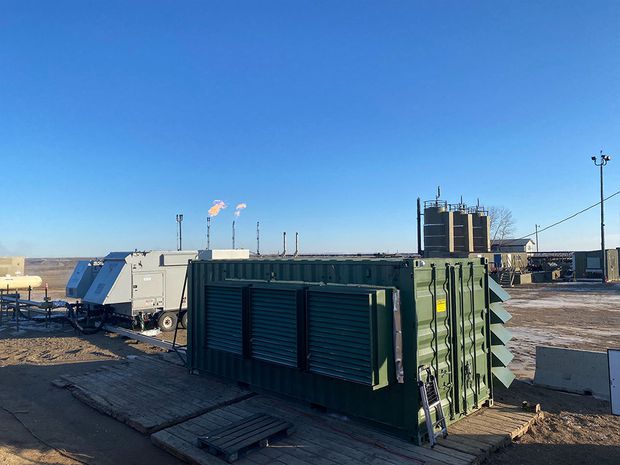Bitcoin can be a controversial topic in the press. A lot of articles are claiming that bitcoin is bad for the environment. Is that true? Is bitcoin really that bad for the environment? This blog post explores the fact. Bitcoin is a competitor to the fiat petro dollar paradigm. It needs to be compared as such, otherwise the comparison would be apples and oranges. When bitcoin is compared to the dollar, bitcoin factually proofs to be vastly more energy efficient. We think that bitcoin is positive for the environment via a couple different mechanisms.

Bitcoin Replaces the U. S. Dollar Fiat Standard
Bitcoin is money. It is a direct competitor to the United States Dollar as a global reserve currency. That’s the reason why the press is less than honest about it by the way. There are a lot of vested interests, that do not want to upset the status quo.
As a money for the world, bitcoin needs to be compared to the environmental impact of the global fiat petro dollar. All other comparisons are unfair. Have you read something like Bitcoin uses more energy than country X before? That’s an unfair (and intellectually dishonest) comparison. Because countries use energy for more than just financial services and bitcoin serves all countries.
The fair comparison would be between the environmental impact of the global banking sector (all banks and payment processors, world-wide), gold mining and the world’s militaries (including wars) against the environmental impact of bitcoin. That’s because the fiat paradigm is backed by governments and war machinery. Bitcoin is backed by encryption math. Which one is more efficient? We shall see below.
Gold Mining
Under a bitcoin standard, gold is not needed as money. The monetary premium of gold is no longer required and gold storage in central bank vaults is no longer needed. Therefore, the need for gold mining will drastically fall considering there is a big stock above ground already which is no free to be used in manufacturing of electronics. How much energy is used in gold mining each year? According to Hass McCook, 265 tera-watt hours (TWh) per year.
Bitcoin uses 79 TWh per year of energy. Gold mining alone uses 3.4 times more energy than bitcoin. The negarive environmental impact of gold mining is not limited to energy consumption, of course. There are other facturs. Gold mining produces a lot of waste, which is estimated at 20 tons for one wedding ring by earthworks.org. Water around gold mines are regularly polluted with arsenic, lead, mercury, cyanide and acids. Mining gold requires moving through tons and tons of rock and soil. Doing so threatens and destroys many previously pristine natural areas. These negative factors are not an issue for bitcoin mining.
The global financial sector uses a whopping 4939 TWh per year of energy, 62 times more than bitcoin. If we add the energy use of gold mining to the financial sector, we’re looking at 5204 TWh.
The banking sector requires military backing, and the global military industrial complex uses 6,691 TWh in a peaceful year. Wars add to that energy expense. Adding that to the Banking sector and gold mining results in an energy usage of the current fiat petro dollar paradigm of 11,895 total TWh combined, which is 150 times more energy usage then bitcoin. How come then, that bitcoin always gets the bad press?
Flaring Emissions are Reduced by Bitcoin Mining
Flaring gas in the worlds’ oil fields releases carbon dioxide and methane into the environment. Until recently, there was no alternative to flaring gas, because the natural gas in theses oil fields could not be transported to a customer economically. Flaring is incomplete in terms of methane combustion. Not all methane is burned, in fact, plenty is still released into the atmosphere. That’s an issue, because methane is a very potent climate gas. Methane emissions are 25 to 60 times more problematic than carbon dioxide emissions, depending on how you look at it. Using the lowest estimate of 25 fold means, that if only 4 percent of methane are not burned in the flaring operation, the oil well is releasing as much carbon dioxide as it is methane. If these 4 percent are entirely burned on the other hand, the emissions of the well drop in half. The amount of methane left after combustion depends on how the flaring is being done. It is significantly higher than just 4 percent in almost all cases.

Flare Gas Diverted into Bitcoin
Flare gas can be used economically in the oil field to power a bitcoin mining operation. Natural gas is diverted into an electrical generator instead of flaring, where it is burned to create electricity for a bitcoin mine. Burning gas in a generator creates a more complete combustion than flaring does. Because of that, bitcoin mining in the oil filed lowers the emissions profile of the wells. Great American Mining is a company engaged in the space, the image below is from them showing a mining operation inside a modular container on an oil well somewhere.

Incentives for Energy Efficiency
Bitcoin mining provides great incentives for an energy efficient operation, because a more energy efficient miner with lowest energy costs is a more profitable miner. Bitcoin provides an incentive for lowering costs and in many places, renewable energy is the cheapest for of energy available. It is estimated, that bitcoin currently runs on 39 percent renewable energy, which is a better energy mix than the world operates on in terms of emissions. If the past trends keep persisting into the future, then bitcoin will use more and more renewable energise and eventually will be carbon free. Bitcoin is the best chance we have for a transition into clean and abundant energy and any true environmentalist ought to support bitcoin rather than fight it.
Summary
Bitcoin uses vastly less energy than the alternative system and is way more energy efficient. In the oil and gas fields, bitcoin already lowers flare gas emissions. It provides a direct incentive to the producer to transition to cheap energy forms and mining will migrate to areas with abundant and cheap energy over time. We have to conclude that bitcoin is an environmentally friendly technology.
You have reached the end of Is Bitcoin That Bad for the Environment? Thank you for your attention.
Have you considered signing up for a bitcoin savings plan? If you set up one with Swan bitcoin you get 10 dollars for free with my referral.
Support Me
You've reached the end of Is Bitcoin That Bad for the Environment? This website was made and is maintained by Jogi. You can follow me on twitter here: @proofofjogi. You can also directly support bitcoin is the better money dot com by leaving me a tip if you would like to. Thank you for your support.
